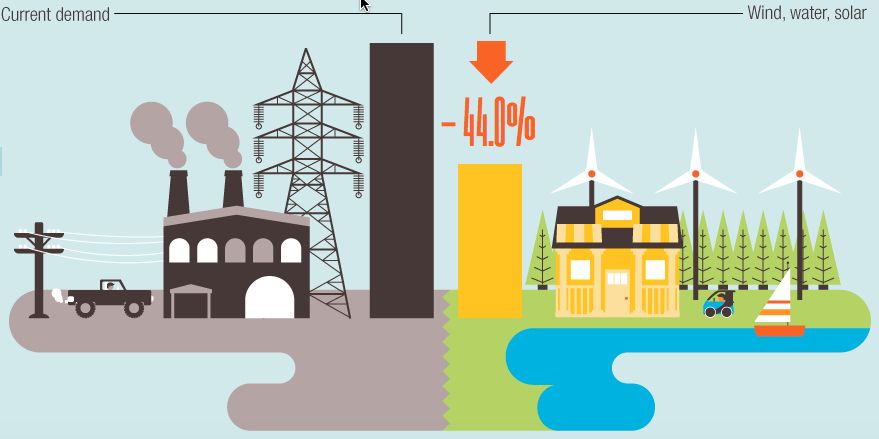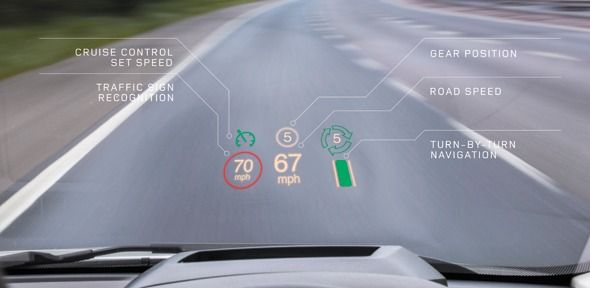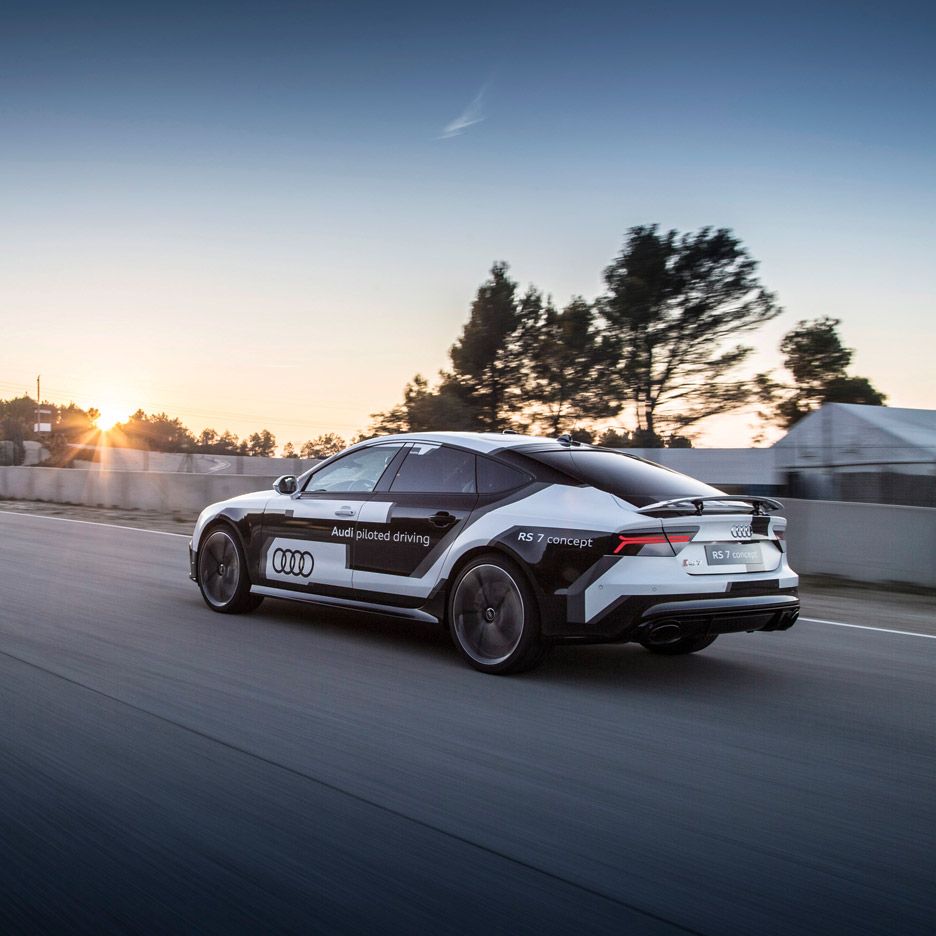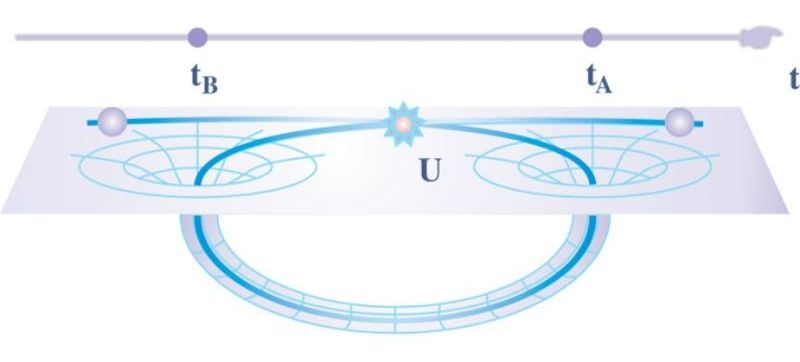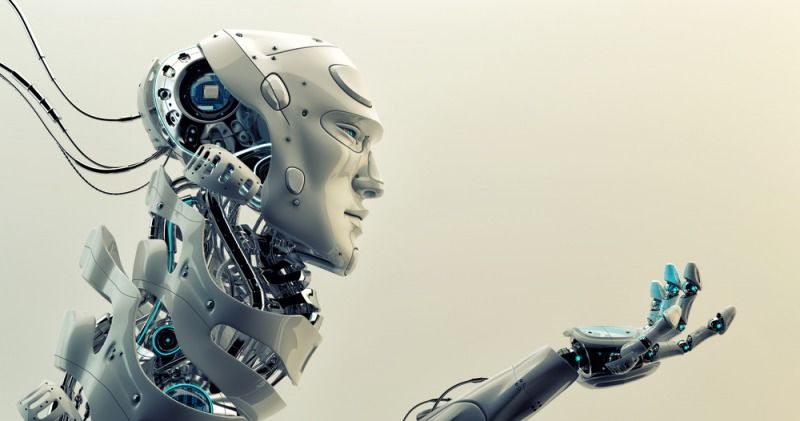Nov 27, 2015
Airbus Patents Way to Board Planes That’s Straight out of Sci-Fi
Posted by Sean Brazell in categories: security, transportation
If the Airbus patent ever becomes reality, this boarding style would be a thing of the past. (Photo: Thinkstock)
Unless you’re deathly afraid of planes, one of the worst things about flying is the sheer tedium of it. It’s nothing but indeterminate waiting — waiting for security, waiting to board, waiting to reach your destination.
Airbus has just been granted a patent for a wild new way to try to speed up boarding on planes — and as Ars Technica points out, it’s just like something out of the classic kids TV show Thunderbirds.

